What started at the turn of the century as an effort to gain a day of recognition for the significant contributions the first Americans made to the establishment and growth of the U.S., has resulted in a whole month being designated for that purpose. The first American Indian Day in a state was declared on the second Saturday in May 1916 by the governor of New York. Several states celebrate the fourth Friday in September. In Illinois, for example, legislators enacted such a day in 1919. Presently, several states have designated Columbus Day as Native American Day, but it continues to be a day observed without any recognition as a national legal holiday. In 1990 President George H. W. Bush approved a joint resolution designating November 1990 “National American Indian Heritage Month.” Similar proclamations, under variants on the name (including “Native American Heritage Month” and “National American Indian and Alaska Native Heritage Month”) have been issued each year since 1994. [Source: National Native American Heritage Month]
Celebrate the Native American experience with this carefully selected reading list of books and journal articles.
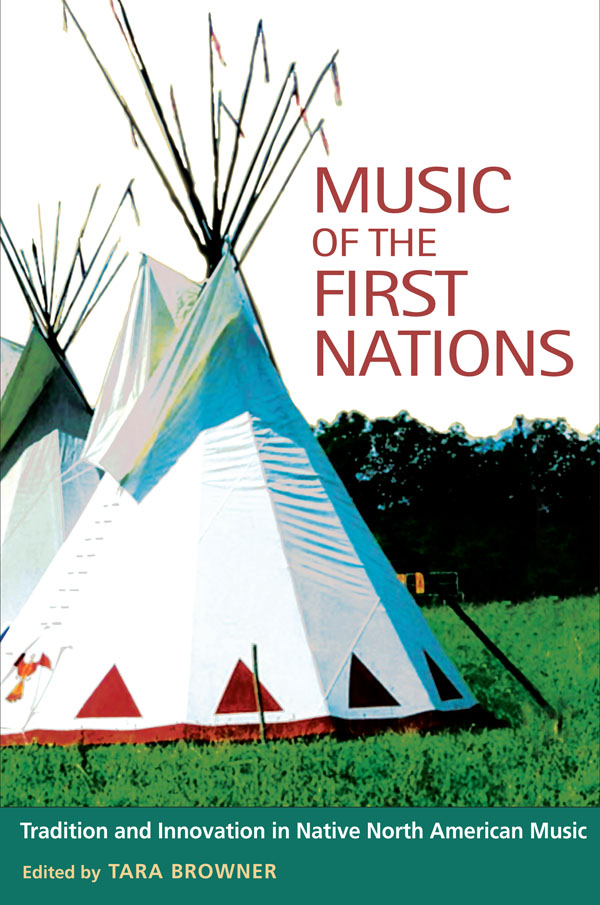
Music of the First Nations: Tradition and Innovation in Native North America
Edited by Tara Browner
This anthology presents a wide variety of approaches to an ethnomusicology of Inuit and Native North American musical expression.
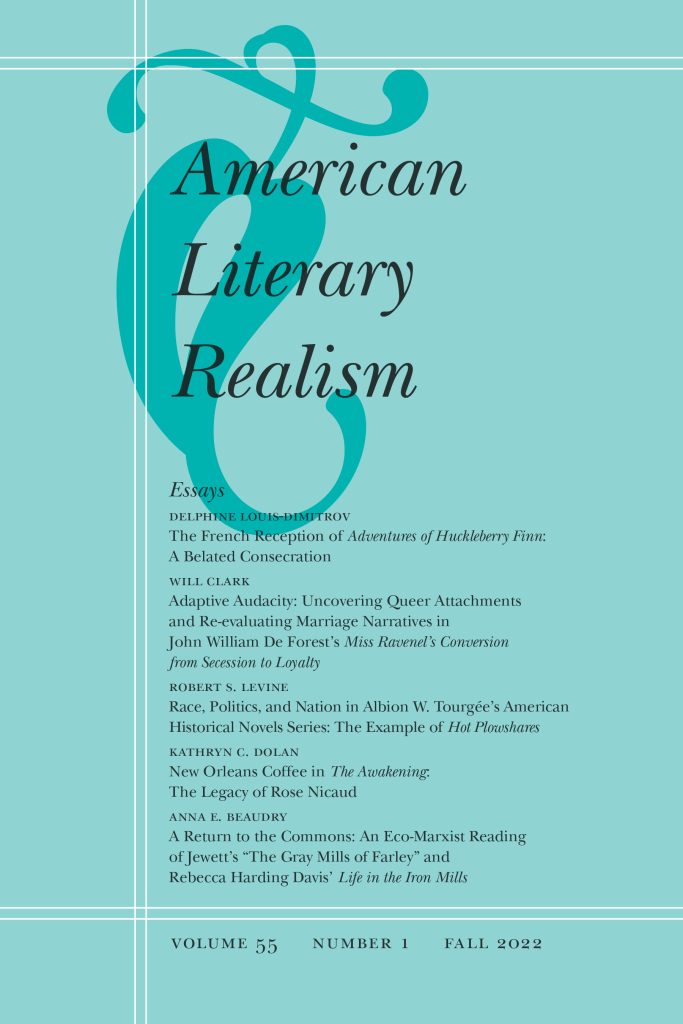
American Literary Realism
“The Sentimental Realisms of S. Alice Callahan’s Wynema: A Child of the Forest” by Maria A. Windell
S. Alice Callahan’s Wynema: A Child of the Forest (1891) opens with a romanticized and inaccurate image of the Muscogee people living in tepees. Because the novel fails to establish either a canonical or a racially representative realism, it has been identified as sentimental, romantic, melodramatic, ethnographic, assimilationist, and even polemical; critics have tied it to temperance narratives, reform discourse, Native history, and the protest novel.
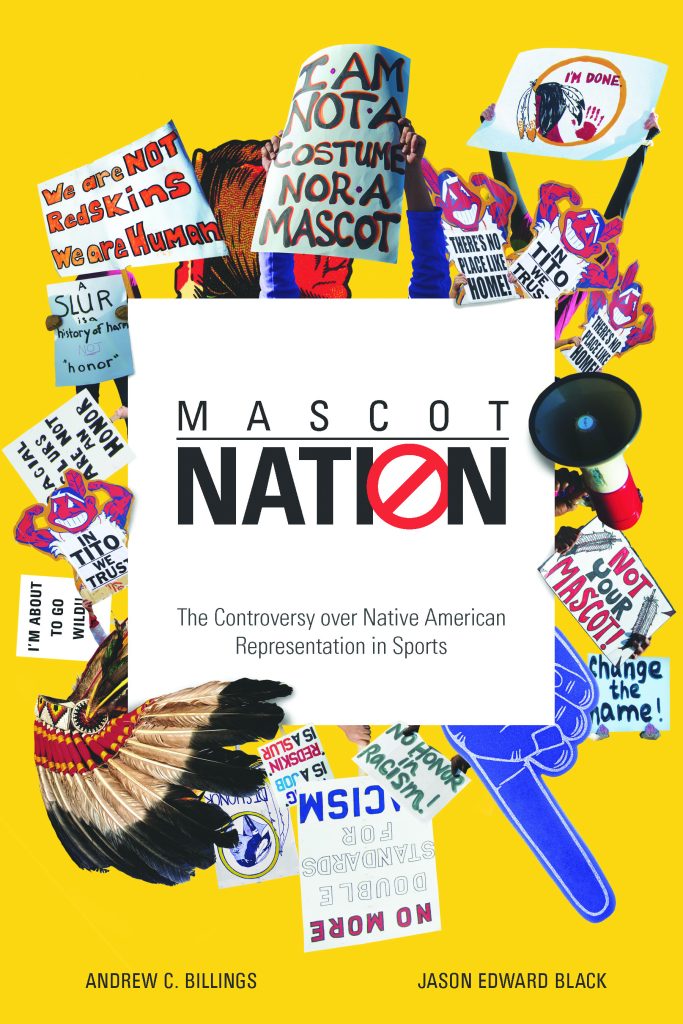
Mascot Nation: The Controversy over Native American Representations in Sports
By Andrew C. Billings and Jason Edward Black
Merges critical-cultural analysis with qualitative data to offer an innovative approach to understanding the camps and fault lines on each side of the issue, the stakes in mascot debates, whether common ground can exist and, if so, how we might find it.
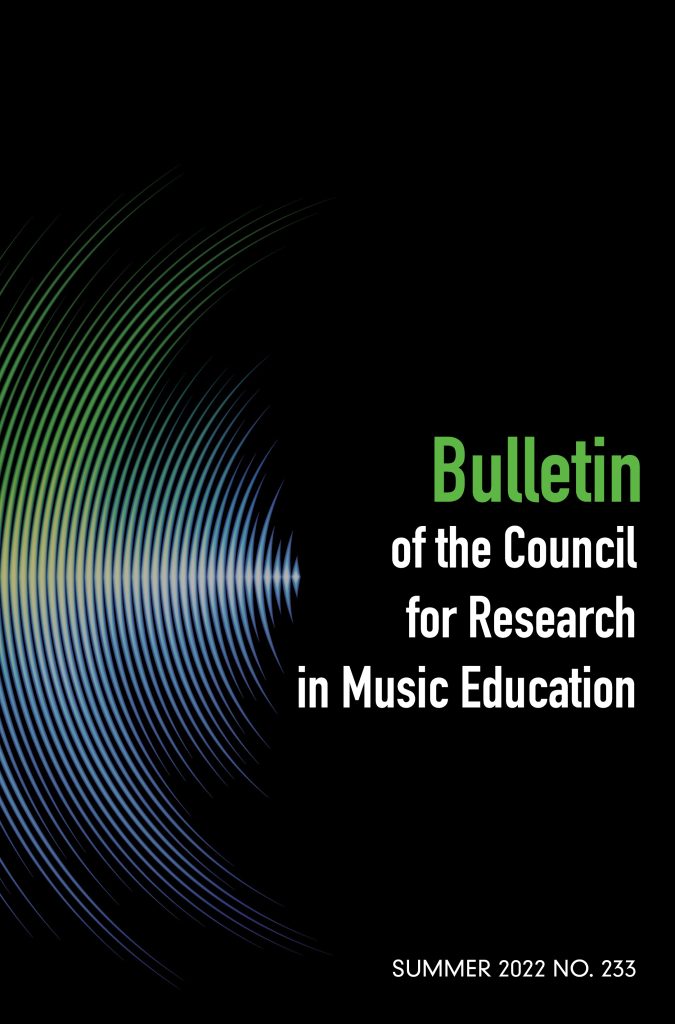
Bulletin of the Council for Research in Music Education
This narrative case study explores the practices, experiences, and perceptions of Charlie, a White music teacher in upstate New York, who is striving to do anti-racist work in a majority Indigenous teaching context. Employing narrative inquiry, the author highlights ways in which Charlie grapples with his Whiteness while striving toward anti-racist practices by seeking Indigenous knowledge from culture bearers, collaborating with an Indigenous musician, problematizing surface-level multiculturalism within the school, and reaching for deeper curricular engagements with students’ lives inside and outside of school.
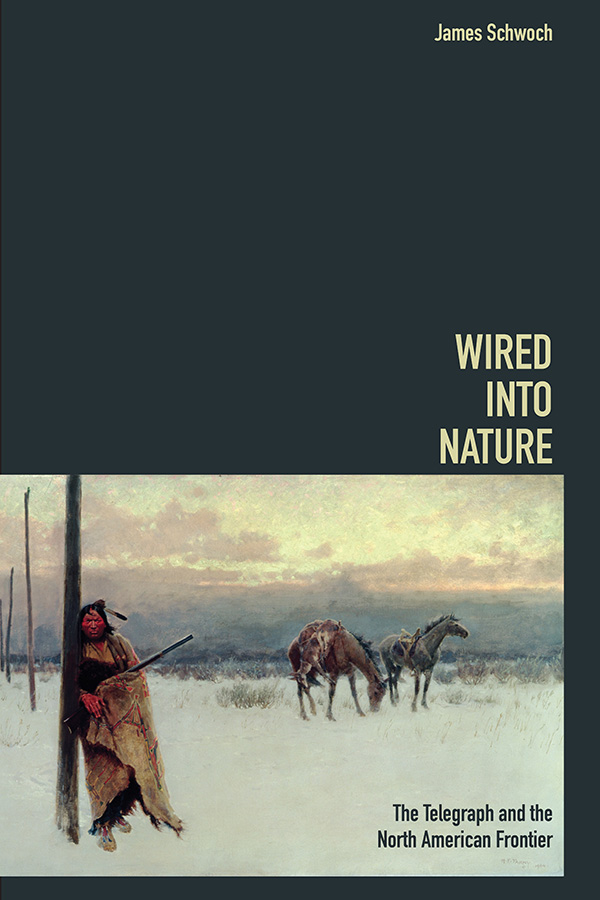
Wired into Nature: The Telegraph and the North American Frontier
By James Schwoch
The completion of the Transcontinental Telegraph in 1861 completed telegraphy’s mile-by-mile trek across the West. In addition to linking the coasts, the telegraph represented an extraordinary American effort in many fields of endeavor to know, act upon, and control a continent.
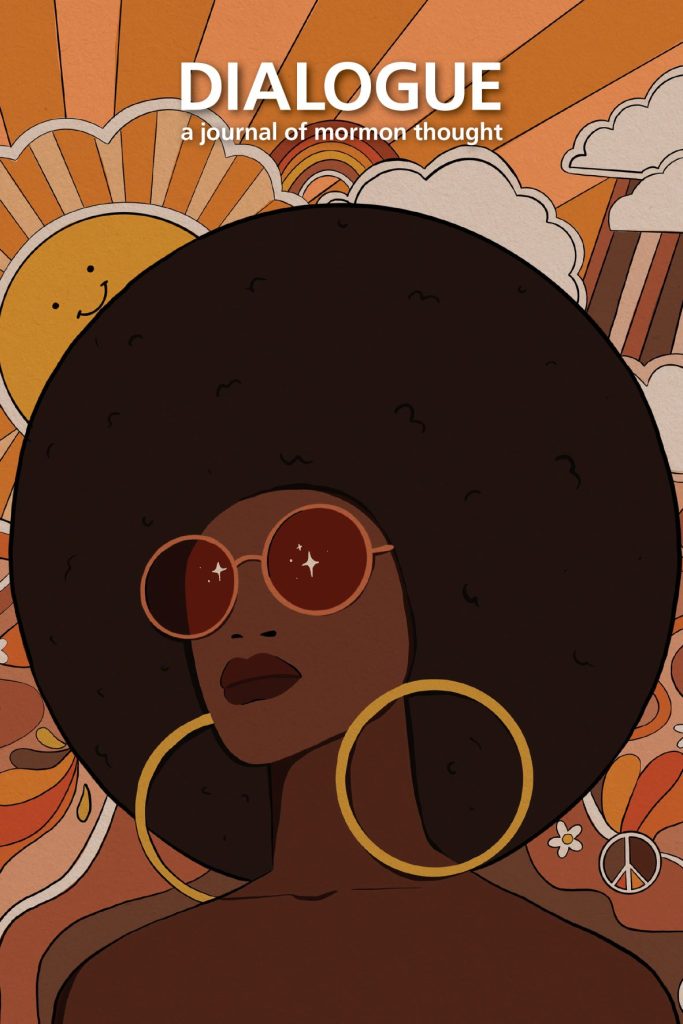
Dialogue: A Journal of Mormon Thought
“Considering the Next Generation of Indigenous Children” by Sarah Newcomb (Open Access)
The year was 1984 in Reading, Pennsylvania, and an elementary school was practicing for a Thanksgiving play. Children were on stage dressed as Pilgrims, Native Americans, pumpkins, and turkeys while teachers rushed around helping excited kids learn their parts. I was just seven years old, a small girl with waist-length black hair wearing a paper feather and headband.
As I looked around at the other children, I was surprised to find that I was the only Native American child. Suddenly, I felt alone, never having considered before how I was different.
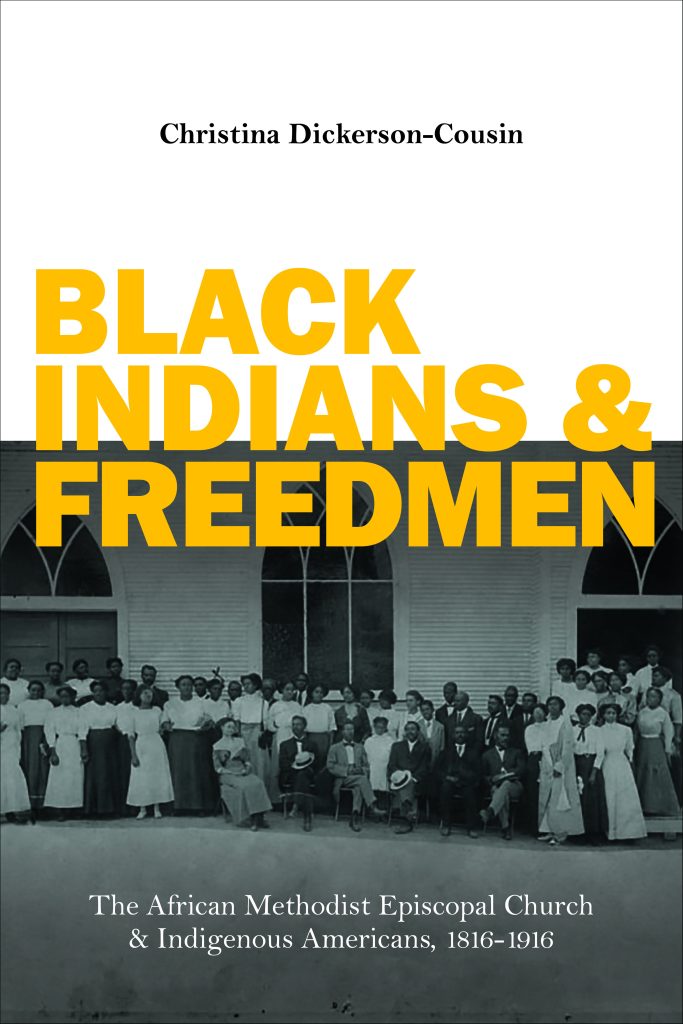
Black Indians and Freedmen: The African Methodist Episcopal Church and Indigenous Americans, 1816-1916
By Christina Dickerson-Cousin
Insightful and richly detailed, Black Indians and Freedmen illuminates how faith and empathy encouraged the unique interactions between two peoples.
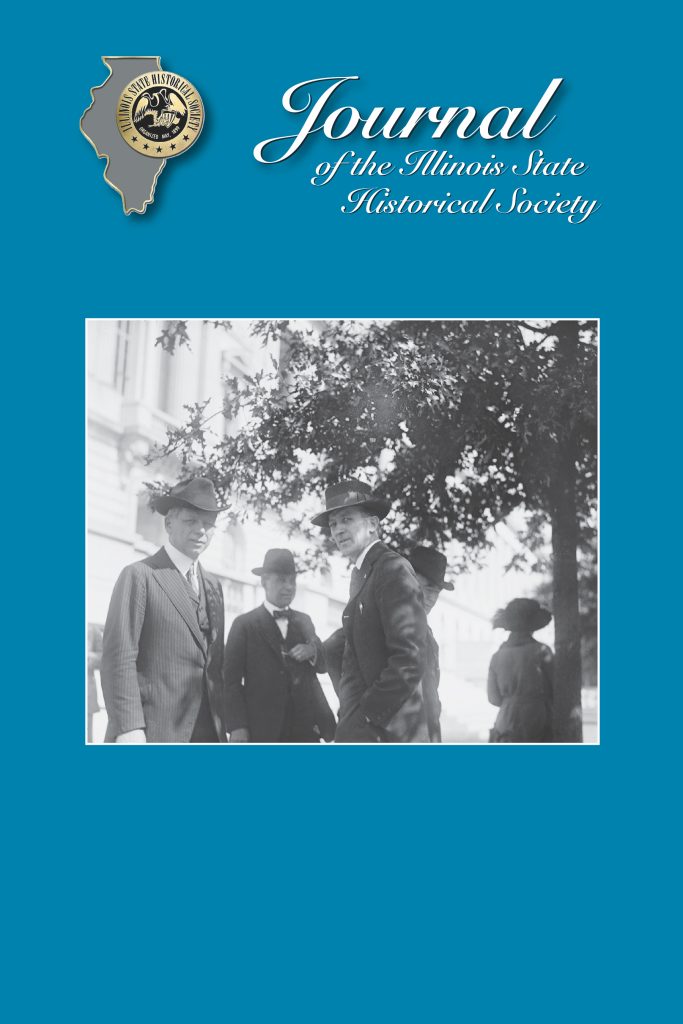
Journal of the Illinois State Historical Society
“Native Villages of La Salle’s Illinois Country” by Richard Gross
Robert Cavelier, Sieur De La Salle encountered four villages of the Illinois nation during his first journey to Illinois in 1679–80. Two small winter villages and the Grand Village of the Illinois, which all families of the Illinois tribe called their home, have never been found. The documents left by La Salle and his contemporaries make the locations of these places surprisingly clear. Together, the historical records offer a new picture of the populous Illinois peoples, their migratory habits, and their relationship to the Europeans in their midst.
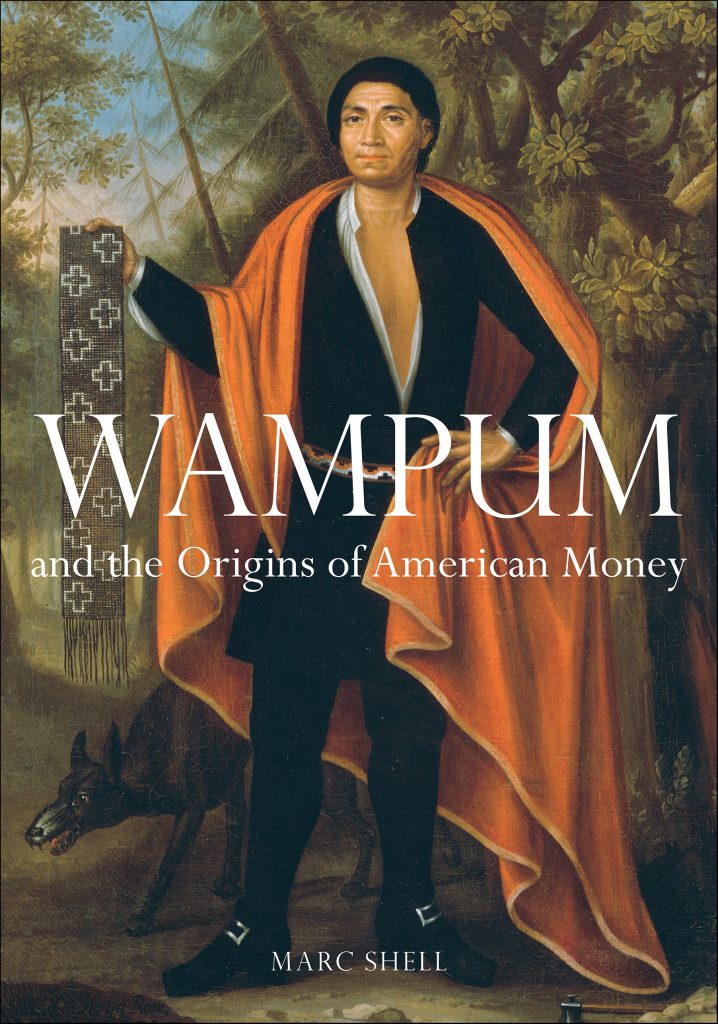
Wampum and the Origins of American Money
By Marc Shell
With irrepressible wit and erudition, Shell interweaves wampum’s multiform functions and manifestations, and he reveals wampum’s undeniable influence on the cultural, political, and economic foundations of North America.
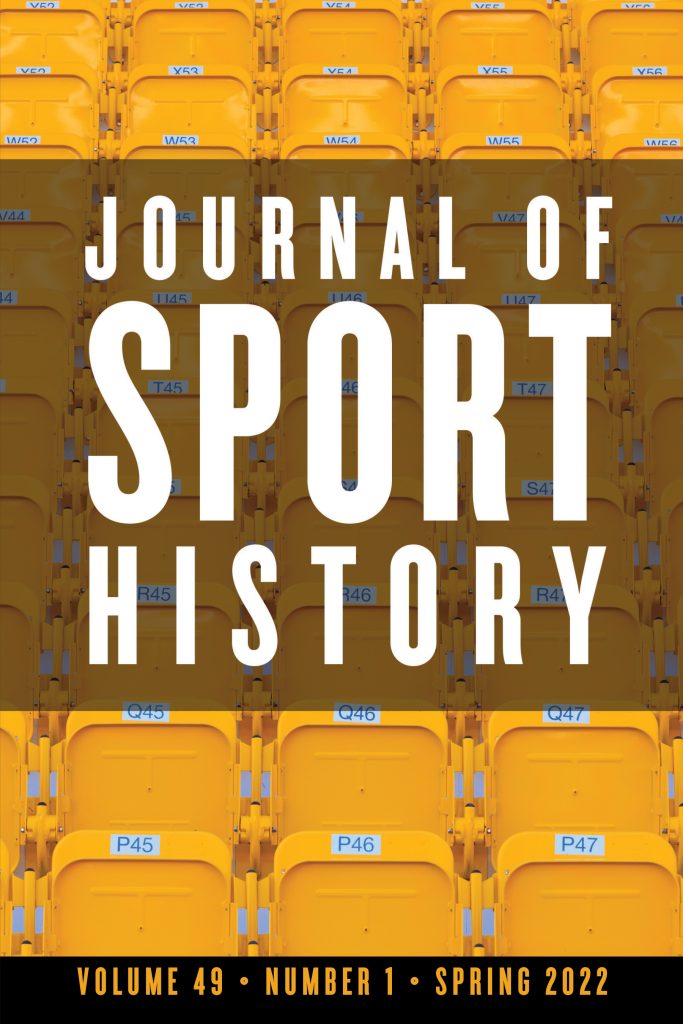
Journal of Sport History
“Beyond Competition: An Indigenous Perspective on Organized Sport” by Brian Rice
This paper is about participation in sport from the perspective of several Indigenous societies and includes a comparative analysis with mainstream competitive sport. The author utilizes his experiences from his own Kenienkè:haka society and includes the seven teachings of the Anishnabè along with other examples from other Indigenous societies. The paper emphasizes the differences between an Indigenous cultural understating about sport that is rooted in community teachings over a mainstream individualistic one.
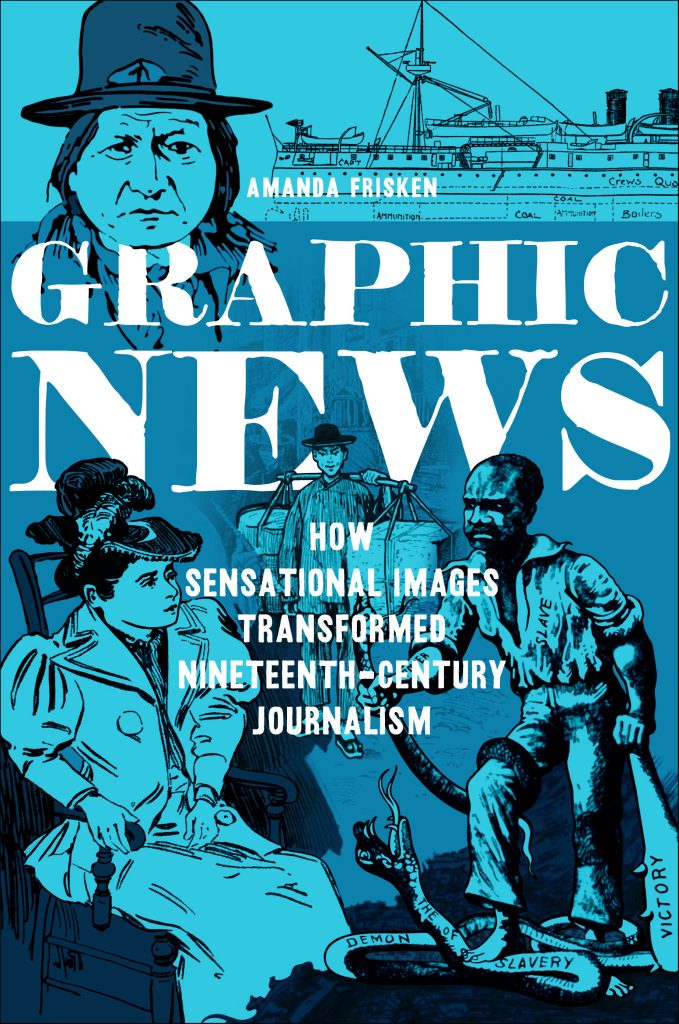
Graphic News: How Sensational Images Transformed Nineteenth-Century Journalism
By Amanda Frisken
Using intersectional analysis, Frisken explores how these newfound visualizations of events during episodes of social and political controversy enabled newspapers and social activists alike to communicate—or challenge—prevailing understandings of racial, class, and gender identities and cultural power.
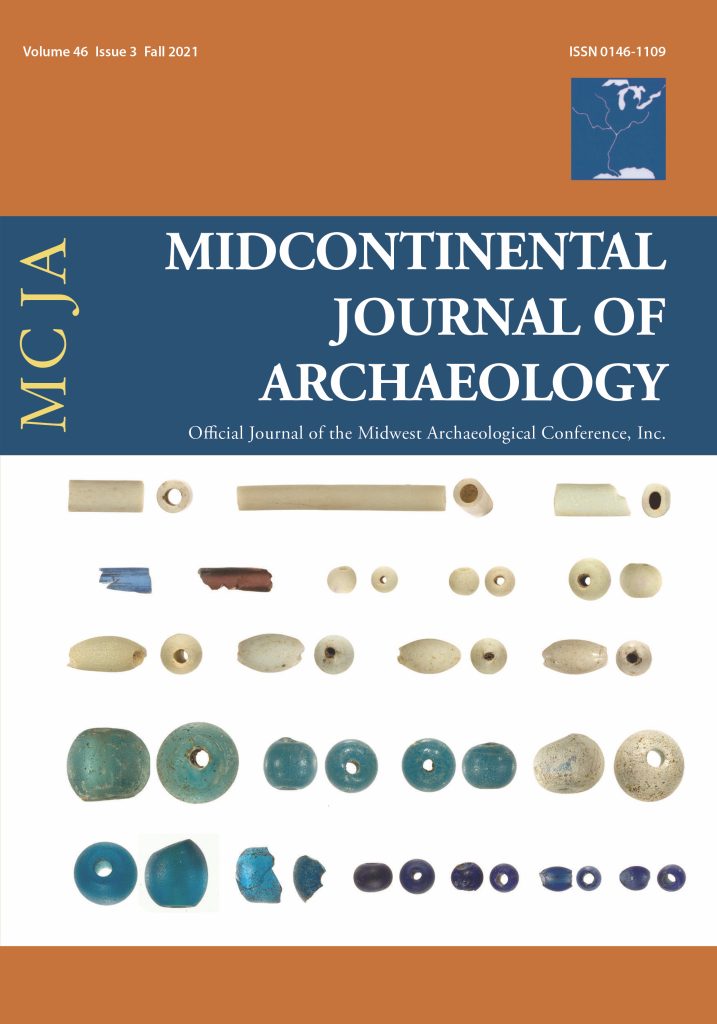
Midcontinental Journal of Archaeology
“Serpent Mound in its Woodland Period Context: Second Rejoinder to Lepper” by William F. Romain
The Serpent Mound in Adams County, Ohio, is probably the most widely recognized effigy mound in the world. Opinions differ, however, as to who built the effigy and when. Currently there are two conflicting positions. According to Lepper and colleagues the effigy was built by people of the Fort Ancient culture circa AD 1070. According to the present author and colleagues, recently obtained radiocarbon dates and other data indicate that Serpent Mound was built much earlier, by people of the Adena culture, circa 320 BC.
This evidence includes a review of findings that real serpents were sometimes buried with Adena and Hopewell people and consideration of a relational complex reaching back to the Early Woodland—wherein the Great Serpent of Native American legend is associated with the journey of the deceased person’s soul, the star constellation Scorpius, and the Lowerworld.
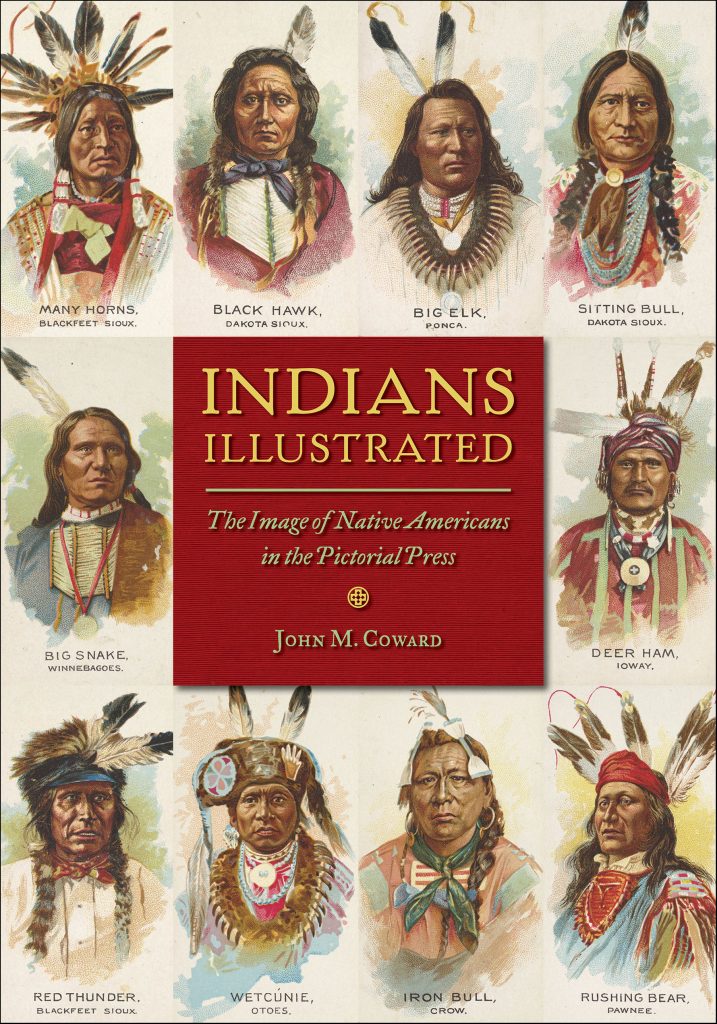
Indians Illustrated: The Image of Native Americans in the Pictorial Press
By John M. Coward
Drawing on ten years of interviews and ethnographic and archival research, Building Filipino Hawai’i delves into Fascinating and provocative, Indians Illustrated reopens an overlooked chapter in media and cultural history.
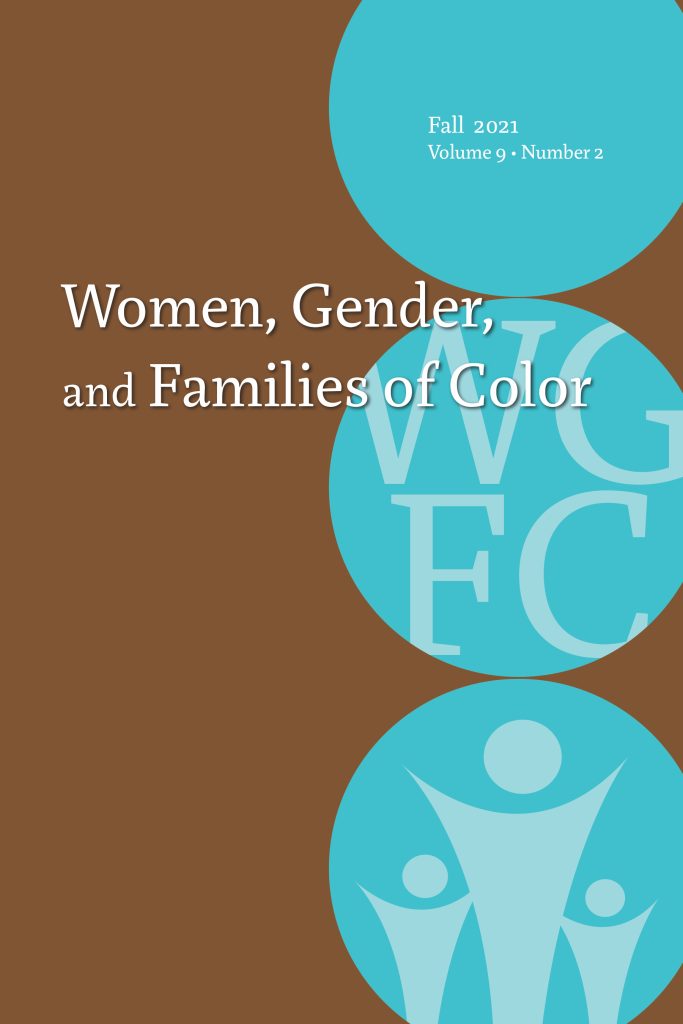
Women, Gender, and Families of Color
“All You Have to Do Is ‘ASK’: An Indigenous Approach to Holistic Wellness in Academia” by Devon S. Isaacs, Erica Ficklin, Sallie A. Mack, Racheal Killgore, Tammie Ellington, and Melissa Tehee
We explore how asking for help is undervalued in institutions that regularly promote collaboration and interdisciplinary work. The model is derived from a feminist-Indigenous framework based on reciprocal sharing, collectivist/familial membership, autonomy in participation (members share based on individual comfort), trust, and empowerment. As the ASK model centers on the appreciation and communal transmission of personal values, it is important to share some of our background and identities. As authors, we are Native American students and a non-Indigenous ally enrolled in a clinical/counseling doctoral program.
